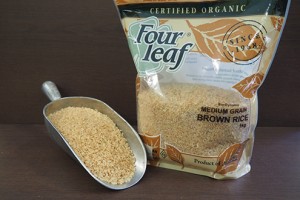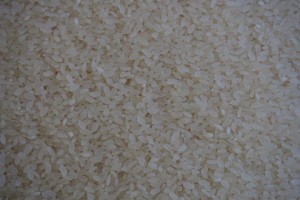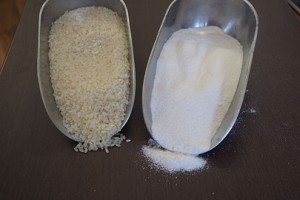Brown rice retains the outer bran layer of the rice grain, which contains nutrients of vital importance in the diet, especially fibre and essential oils. It contains no cholesterol, fat, or sodium and is a valuable source of complex carbohydrates, providing more vitamins, minerals and fibre than simple carbohydrate foods.
When cooked, it has a slightly chewy texture and nut-like flavour.
The primary difference between brown rice and white rice is milling. Although the varieties may be identical, it is the milling process that converts brown rice to white rice. Milling removes the outer bran layer of the rice grain, leaving a core of mostly carbohydrates.
White rice is still a wholesome and nutritious cereal grain which is easy to digest. It contains no cholesterol, fat, sodium or gluten and is a valuable source of complex carbohydrates, providing more vitamins, minerals and fibre than simple carbohydrate foods.








